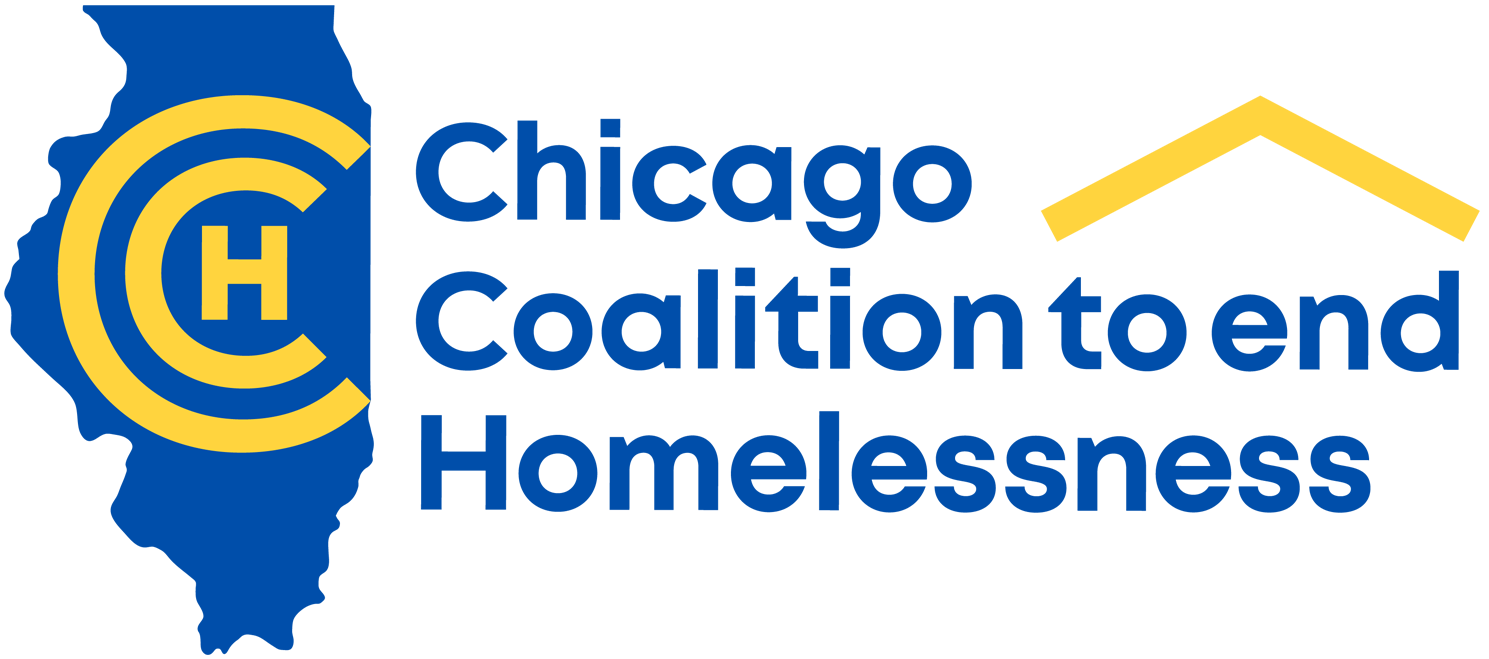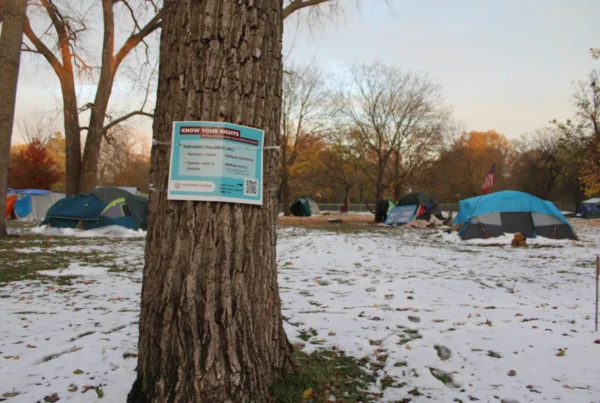The government shifts its policy toward the unhoused from effective solutions to more fear-based cleansing.
Tents occupied by people with no permanent housing, under the Kennedy at North Kedzie in 2022. New executive orders will make it easier for communities to arrest their occupants and jail them or involuntarily commit them to mental institutions. | Neil Steinberg/Sun-Times
A homeless man has been sleeping on a low flagstone wall at the corner of Shermer and Walters in Northbrook for the past few nights. A block from my house.
The first time I saw him, while walking our dog with my wife about 9 p.m., I steered us in a different direction, worried he would, I don’t know, leap up and stab us. It happens.
The second time I saw him, I had a very different thought: “You know, we have those extra bedrooms. Maybe we should put him up for a few nights …”
Two very different reactions — fear and kindness — that neatly bookend the general reaction to pervasive homelessness in American society.
Article Excerpts:
“These approaches are not only inhumane,” the Chicago Coalition to end Homelessness said, “they are also ineffective and counterproductive.”
“It’s getting worse in the suburbs as well,” said Doug Schenkelberg, executive director of the Chicago Coalition to end Homelessness. “I don’t think any place is immune to it. Some municipalities have decided they want to address it by creating these criminalizing ordinances to push people out without regard to what actually happens to them. Other places are trying to do what they can with the resources they have.”







